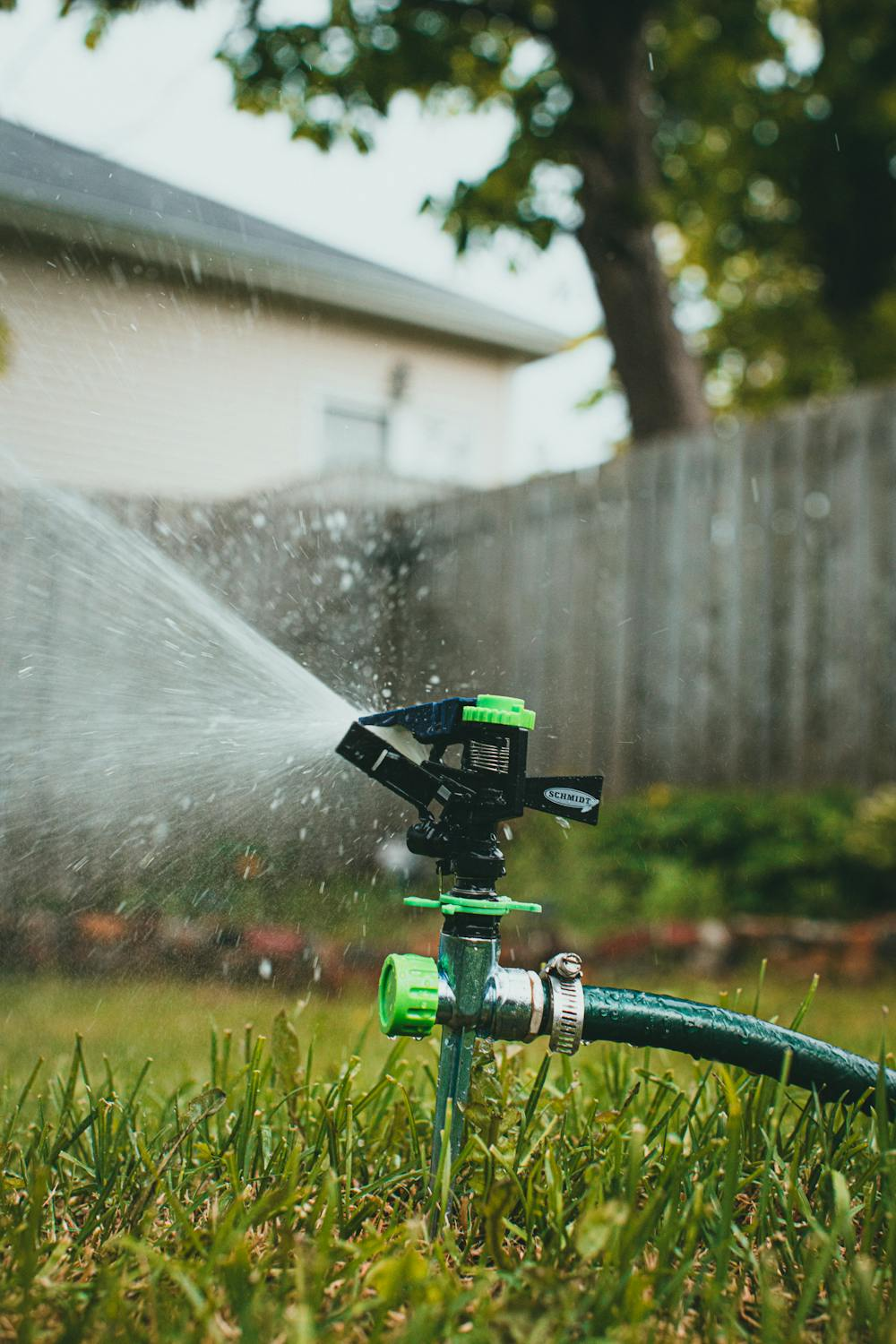In today’s world, sustainability is no longer just a trend; it’s a necessity. As we strive to reduce our carbon footprint and preserve our planet, sustainable landscaping practices have become increasingly important. By incorporating eco-friendly principles into your landscape design and construction, you can create a beautiful and functional outdoor space that benefits both you and the environment.
Understanding Sustainable Landscaping
Sustainable landscaping is a holistic approach to landscape design and construction that prioritizes environmental responsibility, resource conservation, and human well-being. It involves our landscape contractor services in Monte Sereno selecting native plants, conserving water, reducing waste, and minimizing the use of harmful chemicals. By adopting these practices, you can create a landscape that is not only aesthetically pleasing but also resilient and eco-friendly.

Key Principles of Sustainable Landscaping
Before you begin planning how to create a sustainable landscape, you can set up a meeting with our landscaping consultation for the best advice:
Nurturing Nature’s Beauty: The Power of Native Plants
A cornerstone of sustainable landscaping is the strategic selection of native plant species. These botanical wonders, uniquely adapted to local climates and ecosystems, offer a multitude of benefits. By choosing native plants, you’re not only enhancing the aesthetic appeal of your outdoor space but also contributing to environmental conservation.
Native plants are remarkably resilient, requiring minimal water, fertilizer, and maintenance. Their deep root systems enable them to thrive in various soil conditions, often outperforming non-native species. Moreover, these hardy plants are well-equipped to withstand local pests and diseases, reducing the need for harmful chemical treatments.
Beyond their practical advantages, native plants play a vital role in supporting biodiversity. They provide essential food sources and shelter for native wildlife, such as birds, butterflies, and pollinators. By creating a diverse and thriving ecosystem, you can attract a wealth of natural beauty to your landscape.
Water-Wise Landscaping: Conserving Our Most Precious Resource
Water conservation is a critical component of sustainable landscaping, particularly in regions prone to drought. By implementing water-wise practices, you can significantly reduce your water consumption while maintaining a lush and vibrant outdoor space.
One of the most effective ways to conserve water is by selecting drought-tolerant plants. These hardy species are capable of surviving with minimal irrigation, making them ideal for arid or semi-arid climates. Additionally, consider using efficient irrigation systems, such as drip irrigation, to deliver water directly to plant roots, minimizing evaporation.
Mulching is another valuable technique for water conservation. By applying a layer of organic mulch around plants, you can help retain soil moisture, suppress weed growth, and regulate soil temperature. Rainwater harvesting is also a sustainable approach to capturing and storing rainwater for future use, reducing reliance on municipal water supplies.
Cultivating Healthy Soil: The Foundation of a Thriving Landscape
Healthy soil is the lifeblood of any garden or landscape. It provides essential nutrients, water, and oxygen to plants, promoting robust growth and resilience. To maintain optimal soil health, it’s crucial to avoid practices that can damage soil structure, such as excessive tillage.
Instead, opt for gentle cultivation methods that minimize disturbance to the soil ecosystem. Incorporating organic matter, such as compost or well-rotted manure, can significantly improve soil fertility and water-holding capacity. Additionally, mulching helps to suppress weeds, conserve moisture, and regulate soil temperature.
By nurturing healthy soil, you can create a thriving landscape that supports a diverse range of plant life and attracts beneficial organisms.

Eco-Friendly Construction Tips
- Site Assessment and Planning: Conduct a thorough site assessment to identify existing resources, potential challenges, and opportunities forsustainable landscape Develop a detailed landscape plan that incorporates eco-friendly principles and minimizes disturbance to the natural environment.
- Sustainable Material Selection: Choose sustainable materials that are sourced responsibly and have minimal environmental impact. Consider using recycled materials, reclaimed wood, and locally sourced stone.
- Minimal Soil Disturbance: Minimize soil disturbance during construction to preserve existing soil structure and microbial activity. Use techniques like trenching or minimal excavation to reduce the impact on the site.
- Erosion Control: Implement erosion control measures to prevent soil loss and sedimentation. Use techniques like mulching, seeding, and installing erosion control blankets in your sustainable landscape.
- Water-Wise Construction: Design and construct your landscape to minimize water runoff. Use permeable paving materials, rain gardens, and bioswales to capture and filter rainwater.
The Benefits of Sustainable Landscaping
Sustainable landscaping offers a multitude of advantages, benefiting both the environment and human well-being. Here are some key benefits:
● Environmental Benefits:
- Water Conservation: Reduced water usage through efficient irrigation systems and drought-tolerant plants.
- Improved Air Quality: Increased oxygen production and reduced carbon dioxide levels through photosynthesis.
- Enhanced Biodiversity: Creation of habitats for native wildlife, promoting ecological balance.
● Economic Benefits:
- Lower Maintenance Costs: Reduced need for fertilizers, pesticides, and excessive watering.
- Increased Property Value: Well-maintained, eco-friendly landscapes can significantly boost property value.
- Reduced Reliance on Non-Renewable Resources: Minimized use of fossil fuels and other non-renewable resources.
● Health and Wellness Benefits:
- Improved Mental Health: Spending time in nature can reduce stress and anxiety.
- Enhanced Physical Health: Outdoor activities, such as gardening, can improve physical fitness.
- Increased Connection to Nature: A deeper appreciation for the natural world and a sense of belonging.

By incorporating sustainable landscaping practices into your landscape design and construction, you can create a beautiful and environmentally friendly outdoor space. From selecting native plants to conserving water and reducing waste, every small step you take contributes to a more sustainable future.
Ready to create a sustainable landscape? Contact Landscape Associates of CA for expert landscaping consultation and landscape contractor services in Monte Sereno. Our team of experienced professionals can help you design and build a stunning landscape that is both beautiful and eco-friendly.